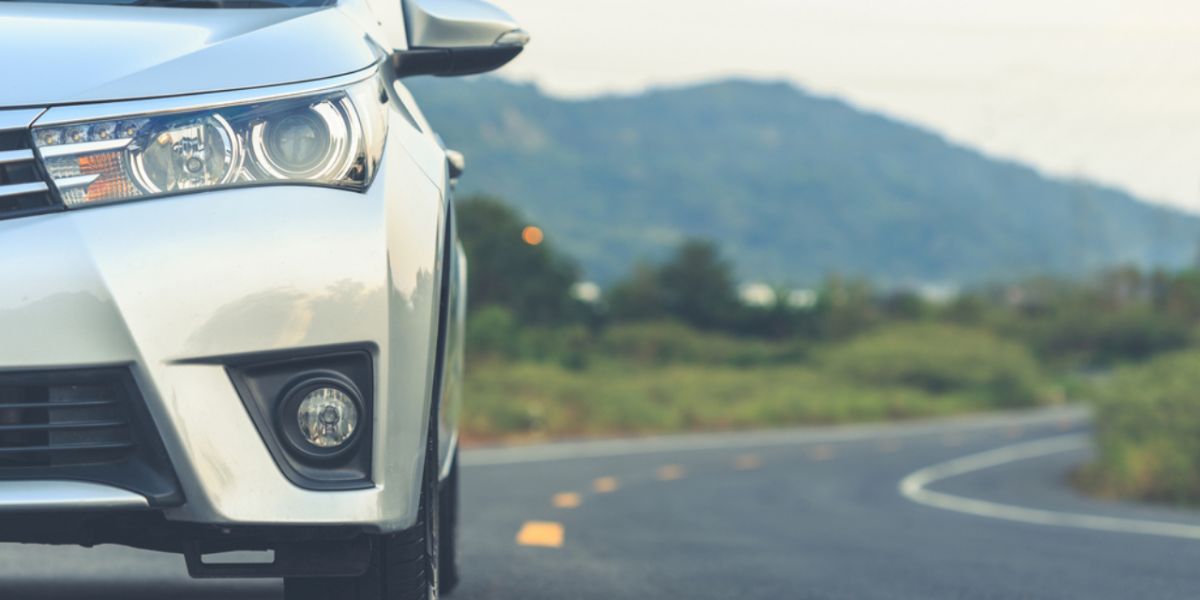
Whether you are considering buying a new or used car in Belgium, certain procedures are unavoidable. This article guides you step-by-step: formalities before and after the purchase, essential documents, taxes and insurance, as well as the steps to obtain your license plate.
Buying a new car in Belgium
If you want to buy a new car in Belgium, you can visit one of the many dealerships in the country. Interestingly, negotiating for better prices is an acceptable and common practice, so don't hesitate to make your best case to get a more favorable price.
Once you have chosen a car, you will receive an order form (bestelbon in Dutch). The order form will detail all the information about the car you have chosen and its sale; it is recommended to read it carefully. This document should mention the car brand and model, year of manufacture, selected options, color, price, discount, delivery date, loan subscription, and the trade-in value of your previous vehicle if applicable. The order form is signed by both parties: the seller and the buyer.
Upon delivery, verify that everything matches the order form. The seller will then give you the invoice, the certificate of conformity (gelijkvormigheidsattest in Dutch and certificate of conformity in English), and the pink registration application form. This form is sometimes sent electronically directly to your insurer, who completes it and sends it to the DIV (Vehicle Registration Directorate).
The invoice should display the following information:
- The car details (brand, model, and year);
- Engine capacity;
- Sale date;
- Price (excluding VAT);
- VAT rate and amount;
- Total price including VAT (all taxes included).
Regarding the right of withdrawal: for a dealership purchase, it is not automatically provided by law. However, for a purchase at a trade fair or remotely, a legal period of 14 days allows you to change your mind without charge.
Buying a used car in Belgium
When buying a used car from a private individual in Belgium, it is recommended to have the car checked by a mechanic beforehand. You should also verify the registration documents (inschrijvingsbewijs in Dutch and registration documents in English). You can also buy a used car from a professional dealer. In this case, the car must be warranted for at least one year.
As for the formalities, here are the documents you should receive from the private seller or professional dealer:
- Invoice or bill of sale;
- Registration certificate;
- Pink Registration Application Form (Inschrijving van voertuigen in Dutch and Request for Registration in English);
- Technical inspection certificate (Technische controle in Dutch and Roadworthiness certificate in English), done less than two months before the sale date;
- Car-Pass (the technical inspection center can provide one), dated less than two months ago;
- Report on the condition of the car (gelijkvormigheidsattest in Dutch and Report on the condition of the car in English);
- Certificate of conformity;
- Certificate for LPG installation (liquefied petroleum gas) if the car is equipped with it.
If you buy from a dealer, the invoice must mention their name, address, VAT number, as well as the sale date, price, payment terms, vehicle specifications, and warranty.
Car tax in Belgium
If you buy a used car from a private individual, no VAT applies. However, keep in mind that professional dealers are subject to VAT if the vehicle is sold under the normal VAT regime or if it is considered new (less than 6 months old or less than 6,000 km).
You will also need to pay the registration tax (TMC) at purchase, and then the annual road tax, including for new vehicles.
Note that if you buy an eco-friendly or electric car, you may benefit from a reduction on the road tax (Verkeersbelasting in Dutch and Road Tax in English). You may also obtain up to a 15% discount from low-emission vehicle suppliers.
Electric or low-emission vehicles may benefit from reductions or even exemptions on these taxes depending on the region (Flanders, Wallonia, Brussels). In Flanders, for example, the TMC and annual tax are often reduced for zero-emission vehicles.
'ta'
Car insurance in Belgium
In Belgium, car liability insurance (RC Auto) is mandatory to drive and obtain a license plate. Your insurer will give you an insurance certificate and a green sticker to attach to the pink registration application form.
This insurance covers material and bodily damage caused to third parties, but not your own damages. For more extensive protection, you can subscribe to additional insurance policies.
Obtaining a license plate when buying a vehicle in Belgium
The pink form, dedicated to this purpose, is generally provided by sellers. If not, you can request it from your insurer or from the DIV (Vehicle Registration Directorate). This document is essential for your license plate application for your new car. The license plate allows you to drive legally.
For a few years now, this form is often sent electronically by your insurer to the DIV, simplifying the process.
If your car is new, in addition to the pink form, you will need a certificate of conformity issued by the seller or car manufacturer. This certificate must include the names, address, VAT or BCE number (Central Business Database), date, and a signature from the seller or manufacturer.
The cost of license plates
If you have an existing European license plate, you can keep the same number. This will cost you €26. Otherwise, for a new registration, expect to pay €30. You can pay directly through Bpost, the Belgian postal bank.
The plate and registration certificate are sent to your home. You must attach the plate to the rear of the vehicle and have a second plate made (approximately €20) for the front, except for motorcycles.
Receiving your license plate
Upon receiving the license plate, check that the reference matches the registration certificate issued by the DIV. If not, contact the DIV at 32 277 30 50.
If everything matches, you can attach your plate to the rear of the car and drive.
A second license plate (around €20) must be made for the front of the car (not applicable for motorcycles). You can then drive legally.
We do our best to provide accurate and up to date information. However, if you have noticed any inaccuracies in this article, please let us know in the comments section below.








